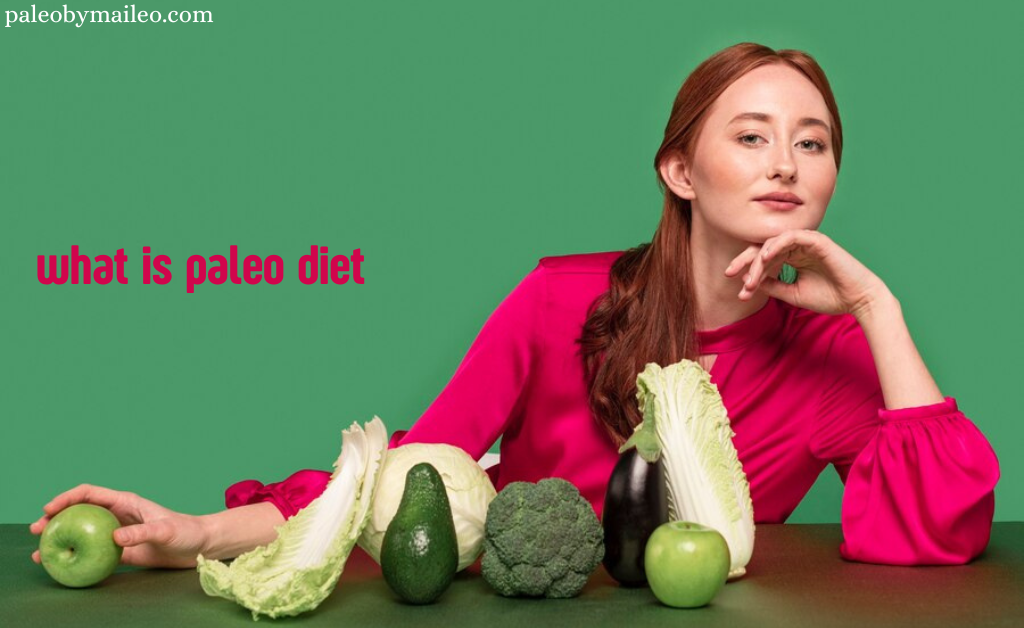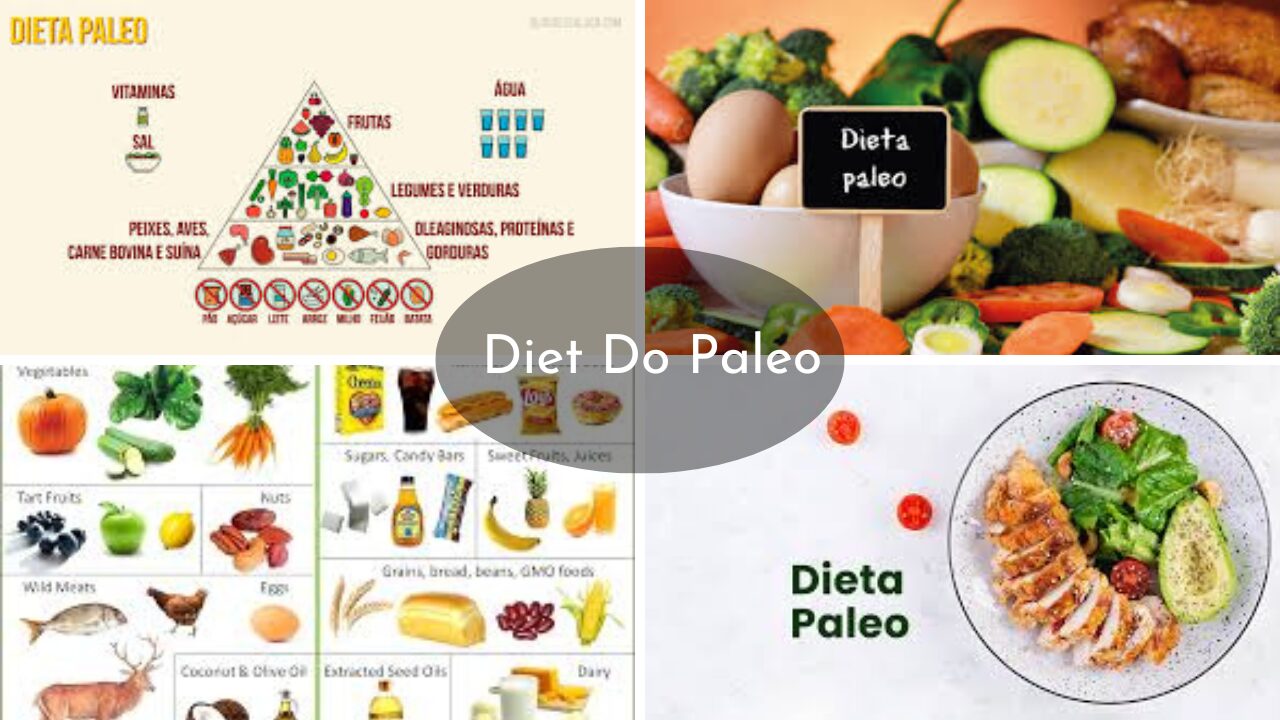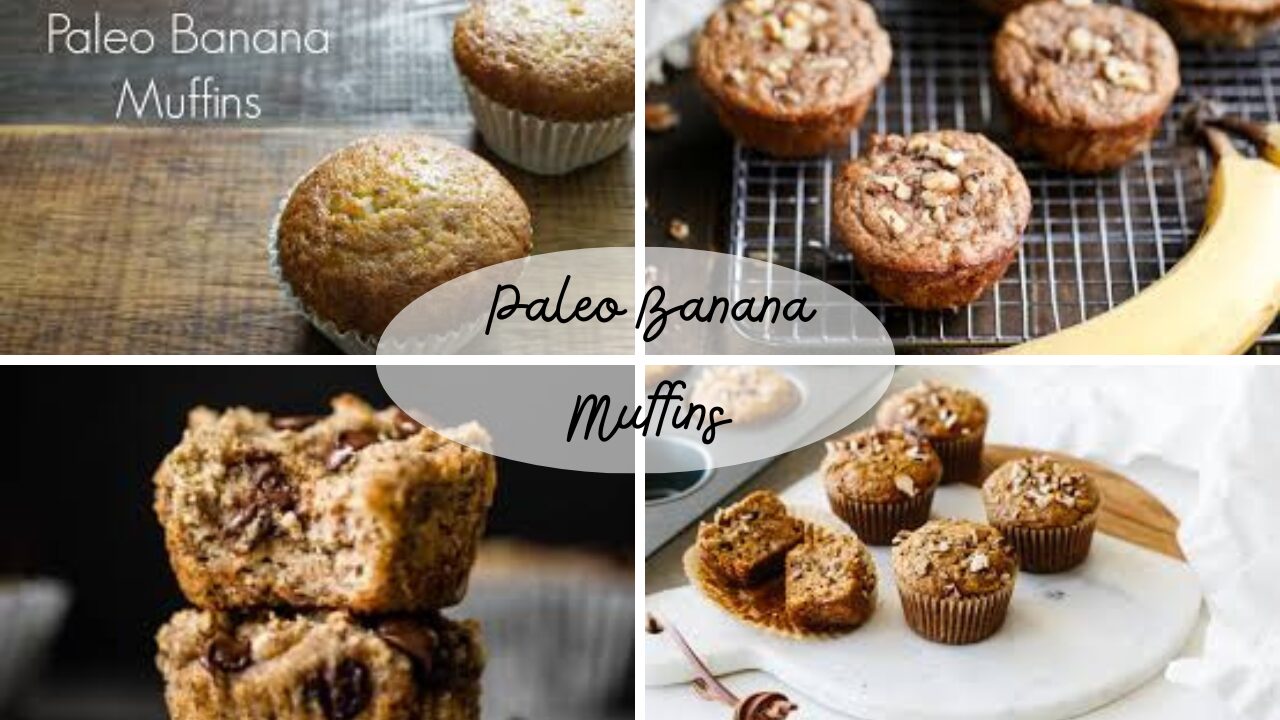The quest for a healthier lifestyle has led many people to explore various dietary plans and nutrition trends. One such eating approach that has gained popularity in recent years is the Paleo Diet. In this blog, we will delve into the fundamentals of the Paleo Diet, answering the question “What is Paleo Diet?” and also exploring what a Paleo diet consists of. By the end, you’ll have an understanding of this dietary regimen and how it can contribute to improved health and wellness.
What is Paleo Diet?: Unearth the Secrets of Health and Wellness
The Paleo Diet, a nutritional strategy inspired by our ancient ancestors, has captured the interest of health-conscious individuals seeking a more natural and wholesome way of eating. In this comprehensive guide, we will delve into the core principles and answer the essential question, “What is Paleo Diet?” Furthermore, we will thoroughly explore what this dietary regimen comprises, providing you with the knowledge to make informed decisions about your health and wellness journey. Discover the potential benefits, potential drawbacks, and best practices for adopting the Paleo Diet and see how it may contribute to a healthier and more vital lifestyle.
Also Read:- Paleo Fall Recipes: Savor the Season with a Delicious Paleo Diet!
What is Paleo Diet?
The Paleo Diet, short for the Paleolithic Diet, is often referred to as the “caveman diet” or “Stone Age diet.” It’s based on the idea of eating like our distant ancestors from the Paleolithic era, around 2.5 million to 10,000 years ago. Advocates of the Paleo Diet argue that our modern eating habits have strayed far from what our bodies evolved to consume. This diet aims to align our nutrition more closely with that of our hunter-gatherer ancestors.
What does a Paleo Diet consist of?
A typical Paleo Diet consists of the following food groups:
Lean Proteins: Grass-fed and pasture-raised meats are preferred. This includes beef, poultry, pork, and wild game. Fish and seafood are also staples due to their high protein content and healthy fats.
Fruits and Vegetables: A variety of fruits and non-starchy vegetables should make up a significant portion of your daily intake. These provide essential vitamins, minerals, and fiber.
Nuts and Seeds: Almonds, walnuts, and seeds like flaxseed and chia seeds are rich in healthy fats, fiber, and micronutrients.
Healthy Fats: Good sources of fats on the Paleo include avocados, coconut oil, and olive oil. These fats are considered more in line with what early humans would have consumed.
Avoided Foods: Grains, legumes, dairy products, processed foods, refined sugars, and artificial additives are all restricted or eliminated in a Paleo.
Benefits of the Paleo Diet
Advocates of the Paleo Diet claim several potential benefits, including Weight Management, Improved Blood Sugar Control, Better Digestive Health, Increased Nutrient Intake, Reduced Inflammation, and Better Blood Lipid Profiles.
Also Read:- Why You’re Not Losing Weight on a Low-Carb Diet: Solving The Puzzle
Comparison Between The Paleo Diet and Modern Diets
In our quest for optimal health and nutrition, dietary choices play a pivotal role. Among the myriad of dietary plans, the Paleo Diet and modern diets stand as two distinct approaches. Each with its unique philosophy and principles. Understanding the differences between them is essential for making informed decisions. Which dietary path best aligns with your health and wellness goals?
Considerations and Criticisms
While the Paleo Diet has its merits, it’s not without its share of criticisms and considerations. Some argue that it can be restrictive and challenging to sustain in the long term. Eliminating entire food groups may lead to nutrient deficiencies if not well-planned.
It’s also important to note that our understanding of the Paleolithic era’s diet is based on archaeological evidence and educated guesswork. The exact composition of our ancestors’ diets can never be known with absolute certainty.
Conclusion
The Paleo Diet aims to mirror the eating habits of our Paleolithic ancestors. It involves the consumption of whole, unprocessed foods while excluding grains, dairy, and processed sugars. Though it’s gained popularity for potential health benefits, it’s crucial to approach it with customization to meet your specific nutritional needs.
Understanding “What is Paleo Diet?” and its components helps you make an informed dietary choice. Whether you adopt the Paleo Diet or not, improved health and wellness depend on making conscious, well-informed nutritional decisions.







This Post Has 7 Comments
Pingback: 12 Ways to Improve Your Mental Health with a Health Assessment
Pingback: Paleo Thanksgiving Recipes: Healthy Ideas for a Grain-Free Feast
Pingback: Paleo Vegetarian Recipes: Plant-Based Diet for a Healthy Lifestyle
Pingback: Easy Paleo Breakfast Ideas for a Healthy Start to Your Day
Pingback: What Can You Eat on Paleo? Your Comprehensive Guide!
Pingback: Paleo Dinner Recipes for a Flavorful Feast: Delicious and Nutritious
Pingback: Paleo Diet Meal Ideas: Elevate Your Culinary Experience!